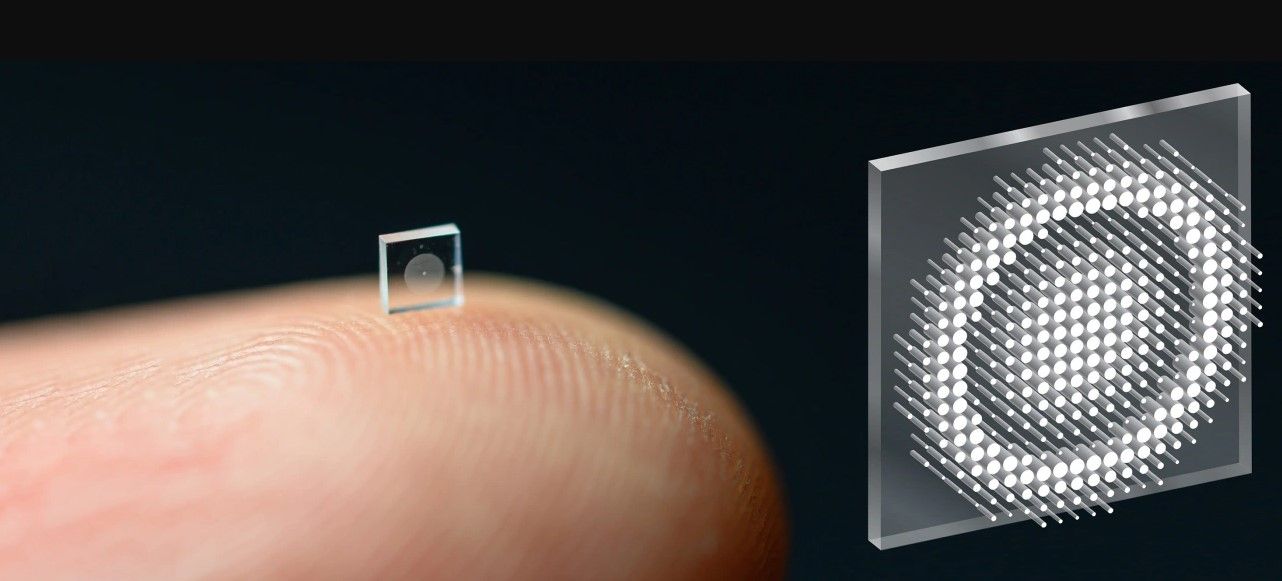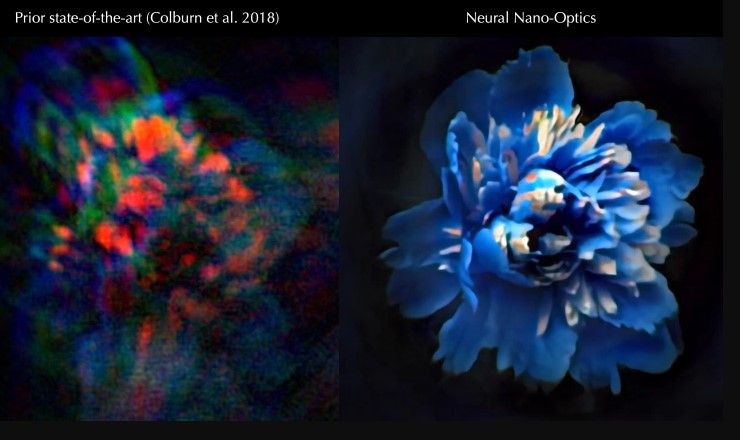
📸 New micro camera the size of a grain of salt redefines imaging possibilities
A revolutionary micro camera, the size of a grain of salt, is set to transform the world of imaging. Combining the power of meta-optics and machine learning, researchers have achieved unprecedented image quality
Share this story!
Researchers have developed a micro camera with a metasurface the size of a grain of salt, capable of producing sharp, full-color images. The groundbreaking technology has the potential to revolutionize in-body and brain imaging, robotics, and autonomous driving, among other fields where computer vision is critical.
The power of meta-optics and machine learning
Traditional cameras rely on an array of lenses to focus light and create sharp images. However, to miniaturize cameras, scientists use meta-optics, which employ nanostructures that capture and re-emit light. These tiny structures, similar to antennas, have been used in micro cameras before, but the resulting image quality has been unsatisfactory.

To overcome these limitations, researchers at Princeton University and the University of Washington used machine learning. They created an AI model to test different configurations of the tiny antennas on the micro camera metasurface. By combining the physical properties of the micro camera with algorithmic optimization, the team achieved images that significantly surpassed the current state of the art.
Transformative applications
This innovative micro camera could have a wide range of applications. One possibility is to replace the multiple cameras on the back of smartphones with a single, ultra-high resolution camera. Additionally, the micro cameras could improve endoscopic surgical methods and open new avenues for brain imaging.
According to Felix Heide, a Princeton computer science professor and senior author of the study, the development of this micro camera allows us to think of entirely new ways to build devices in the future. As the technology evolves, it could pave the way for new and previously unimaginable imaging capabilities.
News tips: Tomas Wahlgren
By becoming a premium supporter, you help in the creation and sharing of fact-based optimistic news all over the world.


